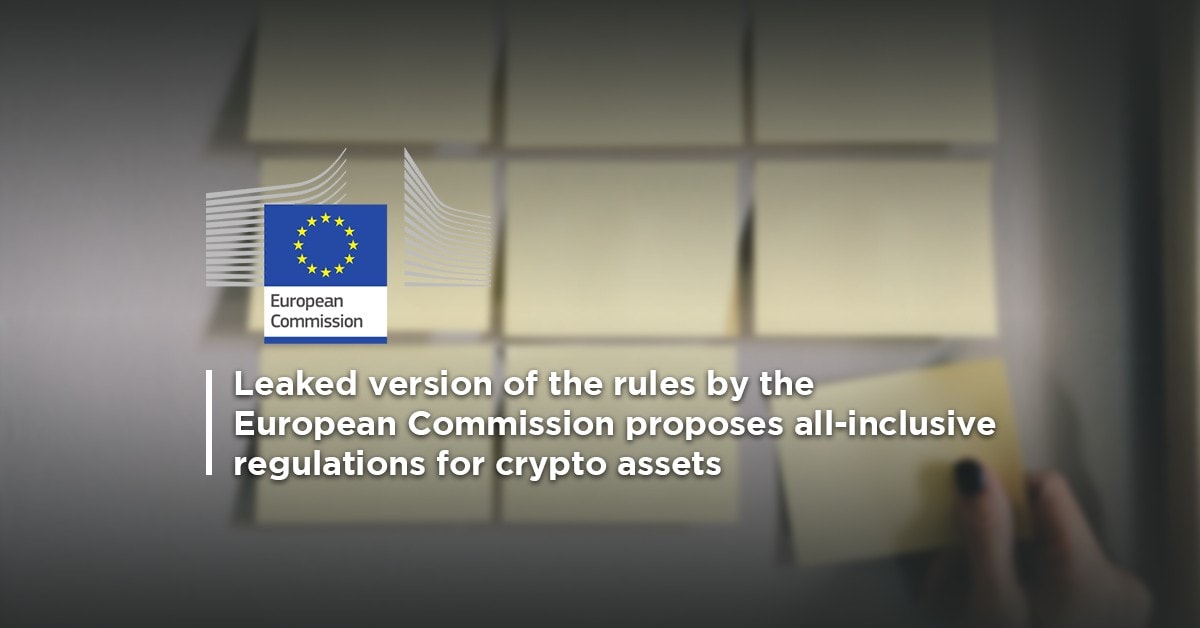Markets in Crypto-assets also known as MiCA latest draft legislation has spread an air of legal certainty around crypto-assets such as security tokens, cryptocurrencies, and stablecoins. The move comes along the line of Europe’s Markets in Financial instruments Directive (MiFID). This is nothing but a framework for the securities market, trading venues, and investment intermediaries.
The catch here is that with this recent development, Europe now wishes to treat crypto in the same manner as any other regulated financial instrument. This itself will go distances in providing the much-needed legal clarity. It is with time we will know if this move benefits or will suffocate the growth and run of the assets in the future.
The MiCA proposal initiates with a broad summarization of crypto assets and the core set of rules that will be applicable to the issuers of the assets as well as service providers. The parameters of service providers will fall in line with the Financial Action Task Force (FATF) definition of a virtual asset service provider. Most prominently the focus is on stable coins which are classified as being either asset-referenced tokens or e-money tokens.
The differences have been clearly illustrated by Siân Jones, senior partner at XReg Consulting by drawing parallels to the second version of the revised whitepaper of Libra. It defined the token as being denominated in individual currencies. This could be well within the MiCA’s terminology for e-money.
“Those stablecoins that rely on a basket of currencies or are based by reference to other assets, whether that’s another crypto or other kinds of assets, will be classed as asset-reference tokens,” Jones said in an interview. “Essentially, the subgroup that behaves like e-money will be sucked into the existing e-money framework, while those that are asset-referenced have a load of extra rules on top of the base rules. So clearly, this is targeting stablecoins and particularly global stablecoins.”
The most pressing need apart from being overburdened with several regulatory obligations is the need to be recognized as a legal entity in the European Union. For the service providers, the need is to have their registered offices in any Member state. Jones said:
“There can be little doubt MiCA will present significant challenges for those involved in DeFi projects.”
The quid pro quo equates to regulatory clarity which will foster institutional investment further in the crypto space.
“By making crypto just like everything else in the traditional world, you make it easier for the traditional world to accept it,” said Jones. “I would probably say from the draft that it will favor the banks and traditional investment firms. The incumbents will have an advantage in a number of respects, which I’m sure is not the intention, but that will be the short- to medium-term impact.”
The new regulation is a 168-paged draft rule book that will come out in September and quite likely could create a bifurcation in the crypto sector. Jones concludes:
“In a sense, crypto has benefited for much of the last decade from being largely in a grey area,” she said. “But now you have a very clear set of rules – and you are either in or outside it.”

